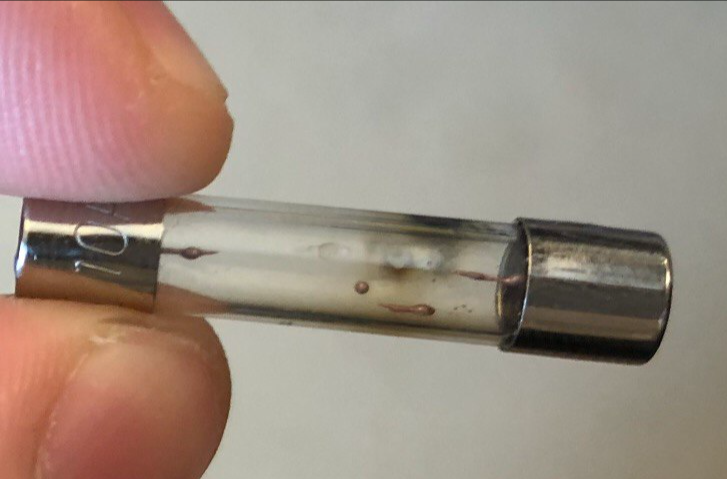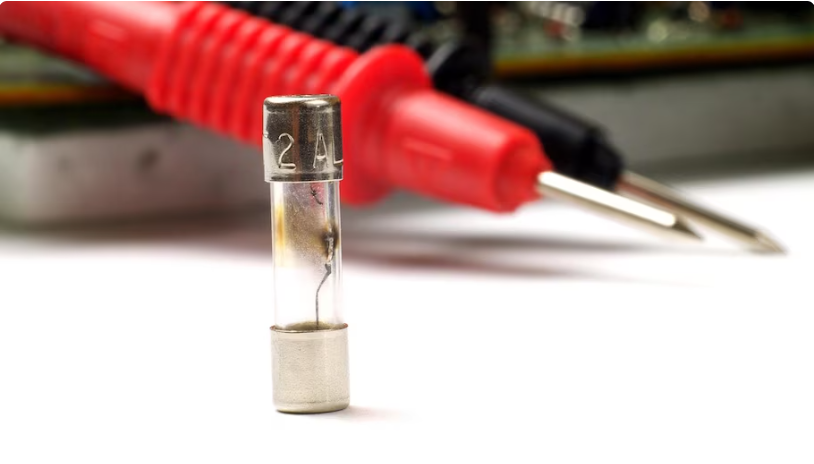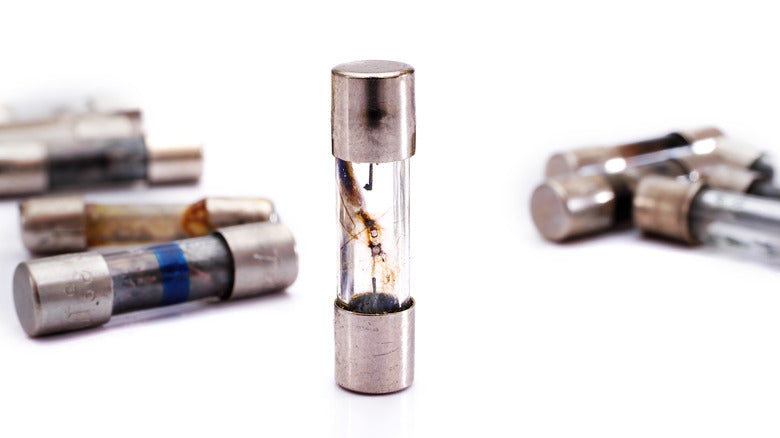When a fuse blows, it occurs due to one of two common causes, resulting in the burning through of the metal ribbon inside the fuse, causing an abrupt loss of power to all connected lights, outlets, appliances, and fixtures. The primary culprits are either an overload, happening when too many devices draw power from a single circuit, particularly those with high power consumption like toasters or vacuum cleaners, necessitating redistributing appliances to other circuits to prevent recurring blown fuses.
The second cause is a short circuit, originating from issues such as loose wire connections, damaged wires, or incorrectly wired lamps. Examination of a blown fuse reveals a melted metal ribbon behind the glass window or a metallic smear, often accompanied by fog or cloudiness, indicating a sudden melting. To address a blown fuse, a systematic approach involves unplugging all lamps and appliances to diagnose a potential short circuit. If the fuse replacement holds, the issue may be traced to one of the unplugged devices. However, if the fuse continues to blow, indicating a problem within the circuit wiring, professional assistance from an electrician is usually required for a thorough inspection and resolution of the underlying wiring issue.





